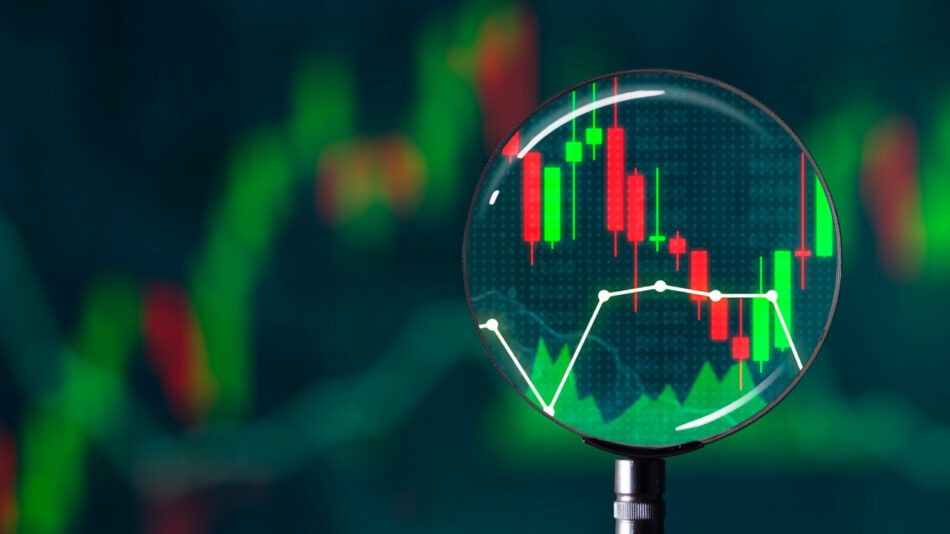For those stepping into the world of futures markets, paper trading for beginners offers a low-risk way to learn, and S&P futures provide a popular, widely followed instrument to practice with. Combining these two can help new traders gain market experience while refining strategies before committing real capital.
Understanding Paper Trading for Beginners
Paper trading is the practice of simulating trades without using actual money. Beginners can use this method to:
- Understand order types such as market, limit, and stop orders
- Learn how to read charts and market data
- Develop and test strategies in real-time market conditions
It is called “paper trading” because historically, traders would write down trades on paper to track hypothetical results. Now, trading platforms offer virtual accounts with real-time price feeds.
Introduction to S&P Futures
S&P futures are contracts that represent an agreement to buy or sell the value of the S&P 500 index at a set date in the future. They are a favorite among traders because:
- They track the performance of 500 large U.S. companies
- They are highly liquid, allowing for efficient trade execution
- They can be traded long or short, offering flexibility in various market conditions
Why Paper Trading is Important Before Trading S&P Futures
Futures trading, especially with products like S&P futures, involves leverage and quick market movements. For beginners, paper trading helps by:
- Providing hands-on experience without risking capital
- Allowing practice in managing leverage effectively
- Giving insight into how news, economic data, and earnings reports affect index prices
Steps to Start Paper Trading for Beginners
- Select a Trading Platform
Choose a platform that offers paper trading with access to S&P futures contracts. Ensure it has features like real-time quotes, charting tools, and order simulation. - Learn Market Basics
Understand what moves the S&P 500 index, such as interest rate decisions, employment reports, and geopolitical events. - Set a Virtual Capital Amount
Use an amount similar to what you would realistically trade with. This makes the simulation more meaningful. - Develop and Test Strategies
Whether it’s trend following, range trading, or breakout strategies, test them thoroughly in the paper trading environment. - Review and Adjust
Keep track of all trades, analyze mistakes, and refine strategies before transitioning to live trading.
Common Mistakes Beginners Make in Paper Trading
- Treating it Like a Game: Without real money on the line, beginners may take unrealistic risks.
- Ignoring Risk Management: Even in a simulation, setting stop-loss levels is important for building good habits.
- Not Recording Trades: Skipping trade journals makes it harder to learn from mistakes.
Practicing with S&P Futures in Paper Trading
When practicing S&P futures trading:
- Watch how the index reacts to U.S. market opening times and news releases.
- Learn the tick size, point value, and margin requirements of different S&P futures contracts.
- Practice trading both the E-mini and Micro E-mini versions to see which suits your style.
Transitioning from Paper Trading to Live Trading
Once consistent success is achieved in paper trading, traders can start small in live markets:
- Begin with a minimal number of contracts
- Maintain strict risk control
- Continue tracking performance and learning
Benefits of Combining Paper Trading with S&P Futures
- Skill Development: Build familiarity with order execution and chart reading.
- Market Understanding: Learn how macroeconomic factors affect the S&P 500.
- Confidence Building: Develop the discipline needed for real-money trading.
Conclusion
For beginners, paper trading provides a valuable bridge between theory and practice. When applied to a liquid, widely traded product like S&P futures, it offers a realistic learning environment without financial risk. By practicing strategies, managing risk, and developing discipline through paper trading, new traders can enter the live S&P futures market better prepared and more confident.






